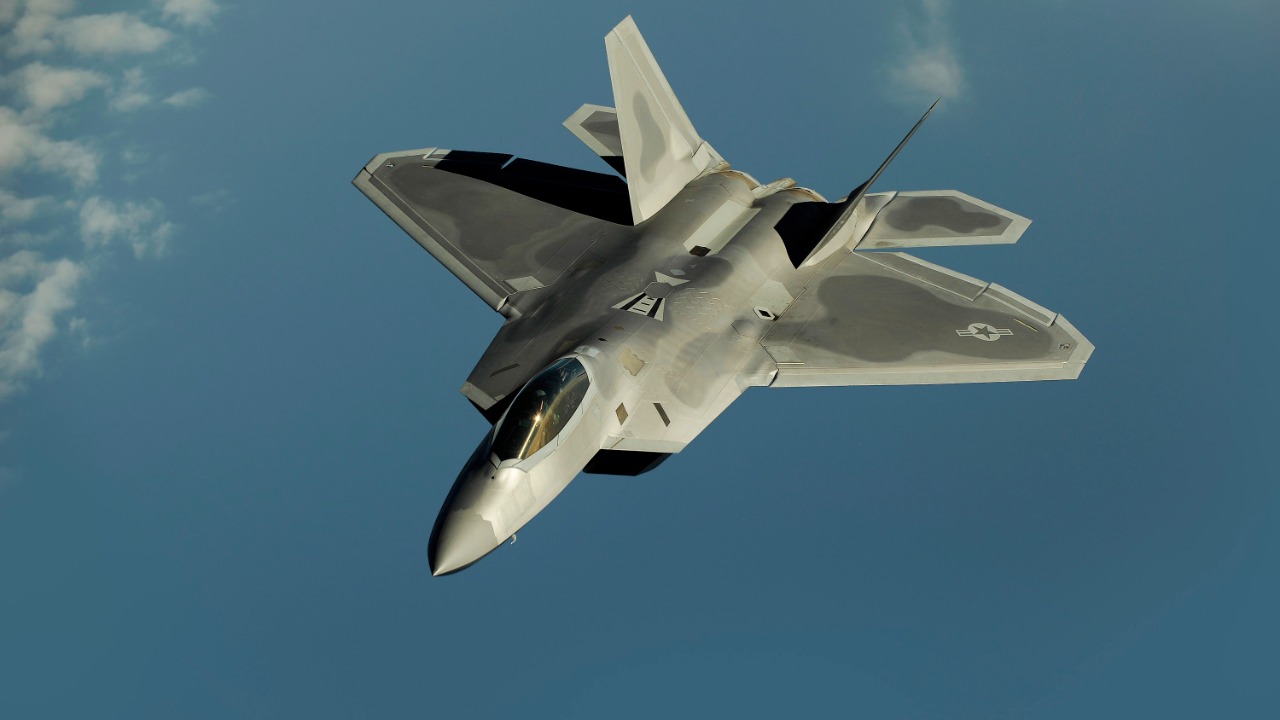
The F-22 Raptor stands as a testament to advanced military aviation, showcasing cutting-edge technology and unparalleled capabilities. However, despite its prowess, the U.S. Air Force must look beyond this singular asset to address a range of strategic needs. A comprehensive and multifaceted approach is essential to ensure air superiority and effectively tackle evolving defense challenges worldwide.
The Limitations of the F-22 Raptor
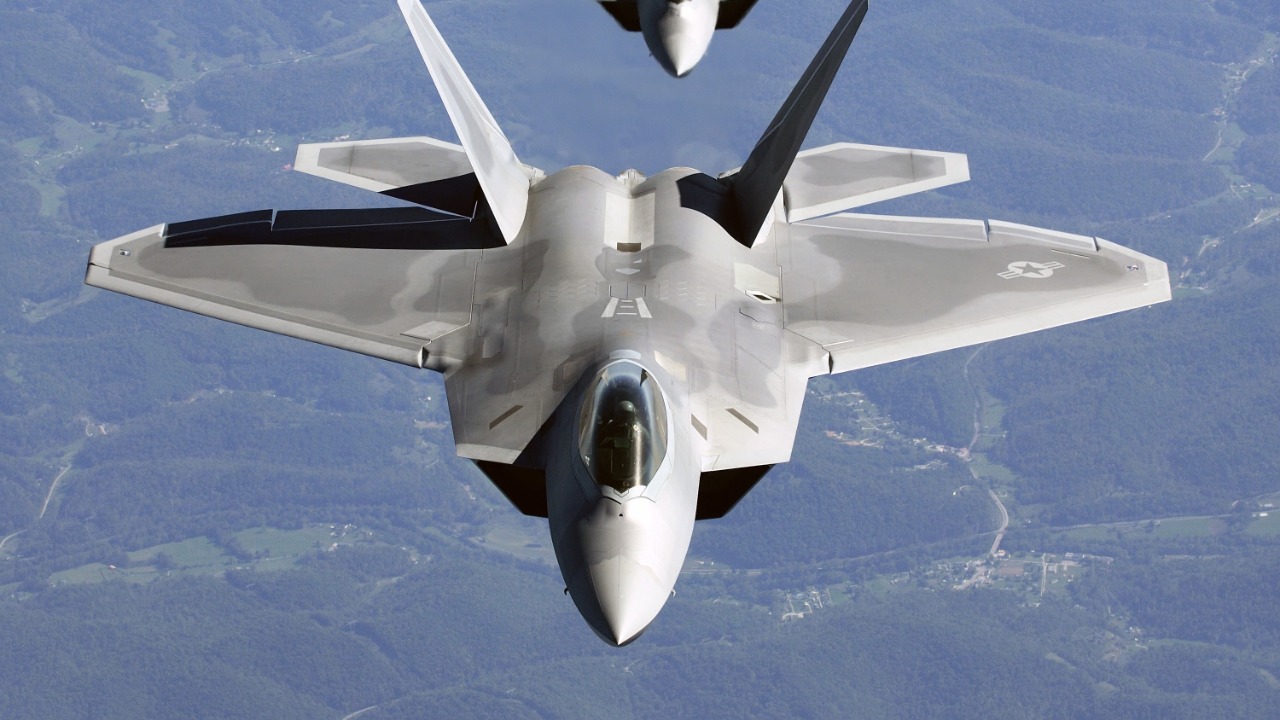
The F-22 Raptor comes with significant production and cost issues that limit its deployment. With each unit costing upwards of $150 million, the financial burden restricts the number of aircraft that can be produced and maintained. This limited production run means that the Air Force cannot deploy F-22s as widely as might be necessary in multiple theaters of operation. Consequently, the Air Force faces logistical challenges in ensuring these aircraft are available where they are most needed.
Additionally, technological advancements are rapid, and what is cutting-edge today can become obsolete tomorrow. The F-22, though advanced, faces the risk of technological obsolescence. Continuous upgrades are necessary to keep pace with evolving threats and advancements in enemy technology. However, these upgrades are costly and time-consuming, often leading to delays in deployment and increased maintenance requirements.
The F-22 Raptor also faces operational constraints that limit its effectiveness in certain combat scenarios. Its range and payload capacity, while sufficient for many missions, can be limiting factors in extended operations. The aircraft’s design primarily focuses on air dominance, but in scenarios requiring long-range strikes or heavy payload delivery, the F-22 may not be the optimal choice. These constraints highlight the need for a broader range of capabilities within the Air Force’s arsenal.
Emerging Threats and Challenges
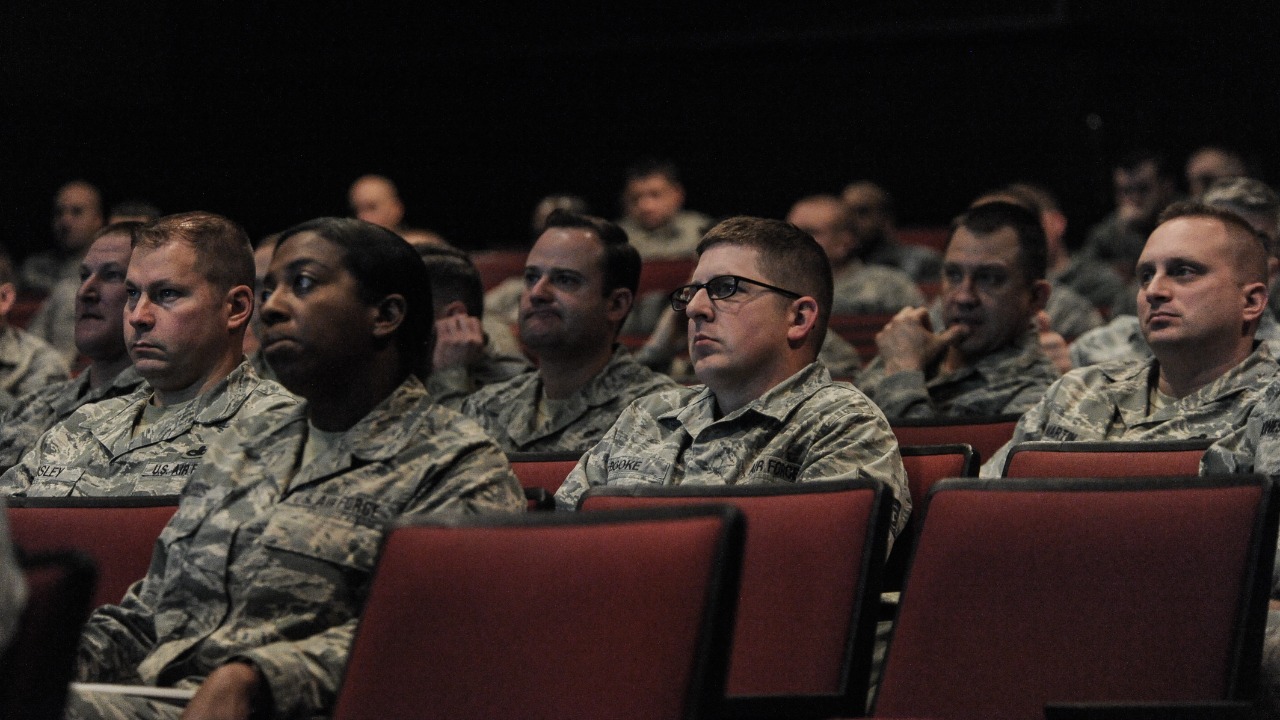
As adversaries continue to develop new technologies, the landscape of aerial combat is constantly evolving. Potential adversaries are investing in comparable or counteracting technologies, such as advanced radar systems, stealth capabilities, and long-range missiles that could challenge the F-22’s dominance. This technological race necessitates a proactive approach in developing and deploying technologies that can counter these emerging threats.
The increasing role of cybersecurity and electronic warfare presents another significant challenge. Modern warfare extends beyond physical confrontations to include sophisticated cyber threats. The ability to disrupt communications, navigation, and control systems through electronic warfare has become a critical component of modern military strategy. The Air Force must invest in robust cyber defenses and electronic warfare capabilities to protect its assets and ensure operational effectiveness.
Furthermore, the number of global conflict zones is increasing, necessitating a versatile and adaptable approach to maintaining air superiority. The expanding list of global hotspots requires a diverse range of aerial assets capable of responding to various threats. This growing complexity highlights the importance of a diversified fleet that can operate effectively across multiple theaters and mission profiles.
The Need for a Diverse Fleet
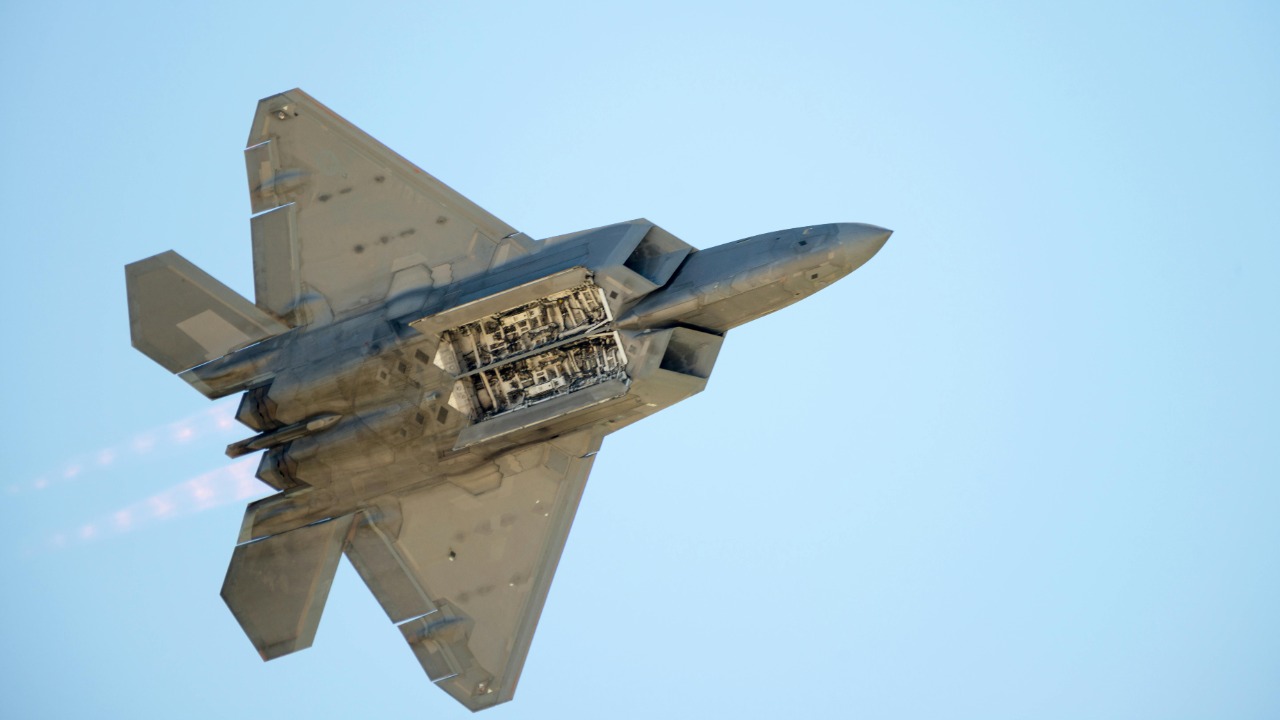
To address these challenges, the integration of unmanned systems is becoming increasingly important. Unmanned Aerial Vehicles (UAVs) offer significant advantages in terms of reconnaissance, surveillance, and strike capabilities. By complementing manned fighters like the F-22, UAVs can extend the reach of air operations, reduce risks to human pilots, and provide real-time intelligence that enhances situational awareness.
The development of sixth-generation fighters is another critical component of maintaining air superiority. These future-oriented projects, including the conceptual “Super” F-22, aim to address evolving threats by incorporating advanced stealth, enhanced electronic warfare capabilities, and superior networking capabilities. By investing in these technologies, the Air Force can ensure that its fleet remains at the forefront of military aviation and can effectively counter threats from near-peer adversaries.
Multi-role aircraft also play a vital role in achieving a flexible and adaptable air force. These aircraft can perform a variety of missions, from air-to-air combat to ground attack and reconnaissance. This versatility allows for a more dynamic response to evolving threats and operational requirements, ensuring that the Air Force can effectively execute a wide range of missions with a reduced number of specialized aircraft.
Strategic Partnerships and Alliances
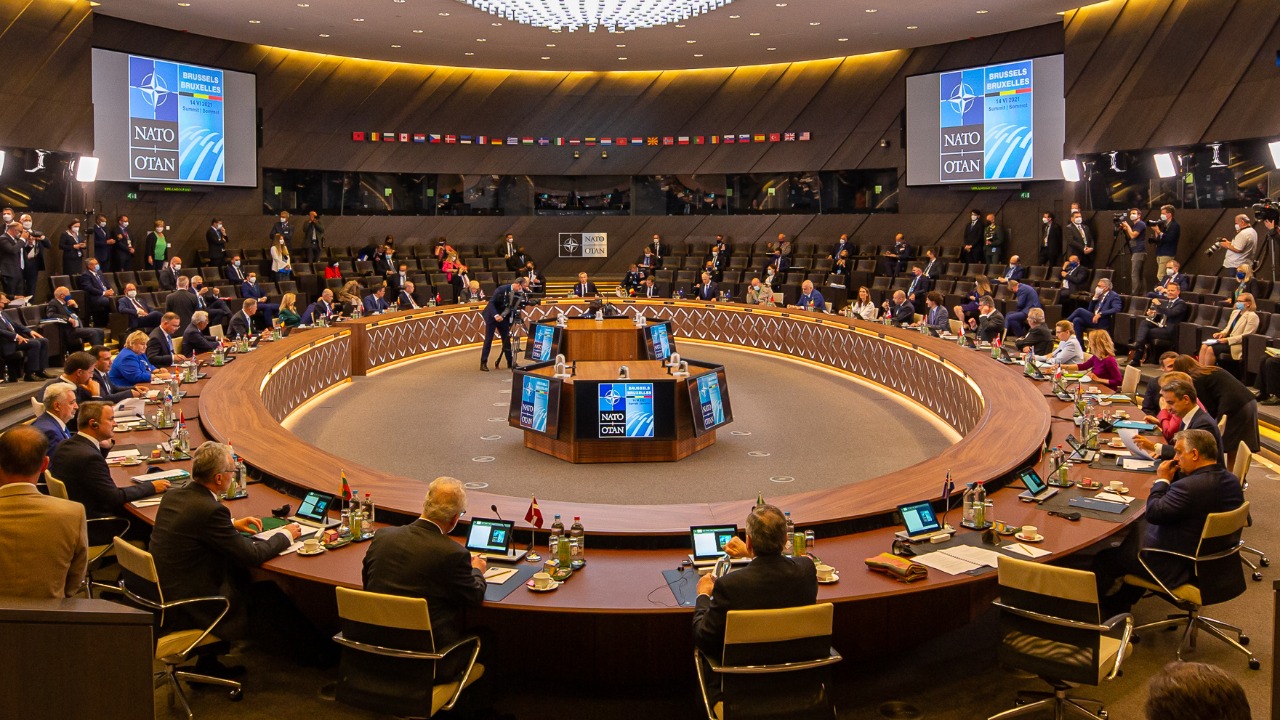
International collaboration and strategic partnerships are essential for maintaining a strong defense posture. By working closely with allied nations, the Air Force can leverage shared technological advancements and coordinate joint operations. These partnerships enhance overall defense capabilities and ensure that the U.S. and its allies remain prepared to respond to global threats.
Interoperability with NATO and other allied forces is crucial for ensuring cohesive operations and strategic advantage. Joint training programs and military exercises are essential for preparing for coordinated responses to global threats. By conducting these exercises regularly, allied forces can improve their ability to operate seamlessly together, enhancing their effectiveness in joint operations and ensuring that they are ready to face any challenge.
Joint training and exercises not only improve operational readiness but also foster stronger relationships between allied nations. These initiatives help build trust and understanding, creating a unified front against potential adversaries and ensuring that the Air Force remains a key player in global security efforts.
Investing in Future Technologies

The potential of artificial intelligence (AI) and automation in enhancing decision-making processes and operational efficiency cannot be overstated. By leveraging AI, the Air Force can improve its ability to analyze vast amounts of data and make informed decisions quickly. This capability is crucial for maintaining a strategic advantage in rapidly evolving combat environments.
Ongoing research and development in advanced stealth and propulsion technologies are essential for ensuring the survivability and performance of future aircraft. By investing in these areas, the Air Force can develop aircraft that are more difficult to detect and capable of operating at higher speeds and altitudes, thereby enhancing their overall effectiveness in combat.
Finally, developing sustainable and efficient designs is crucial for reducing logistical burdens and enhancing mission endurance. By creating environmentally sustainable and fuel-efficient aircraft, the Air Force can reduce its reliance on external fuel supplies and increase its operational range, ensuring that it remains capable of executing extended missions in a variety of environments.